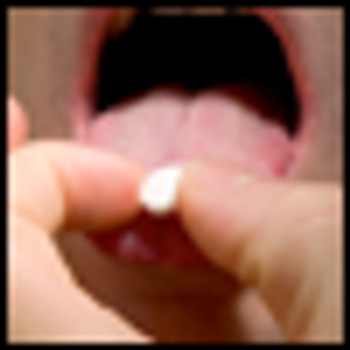
Recently, the Substance Use Disorder Work group of the DSM-5 announced the inclusion of “craving” in the diagnostic criteria for all substance use disorders despite its lack of empirical support from the very analyses conducted by that Workgroup. In addition, no detailed literature review supports the decision to make “craving” a core symptom of Substance Use Disorder syndromes.
















